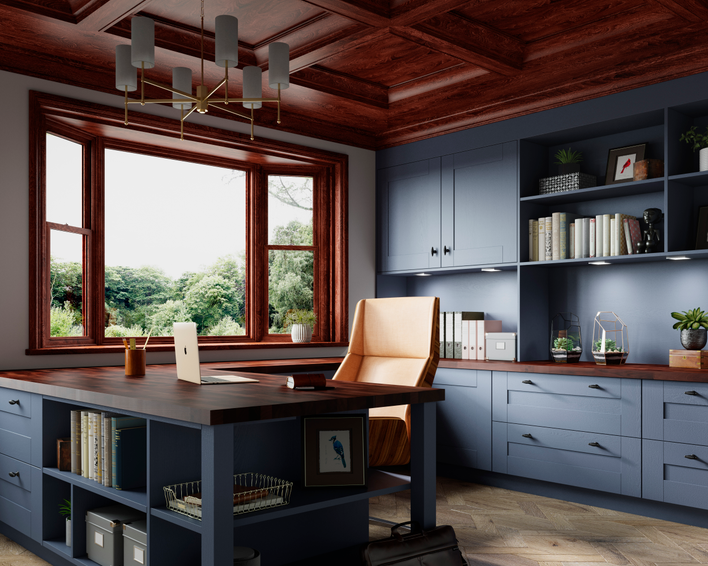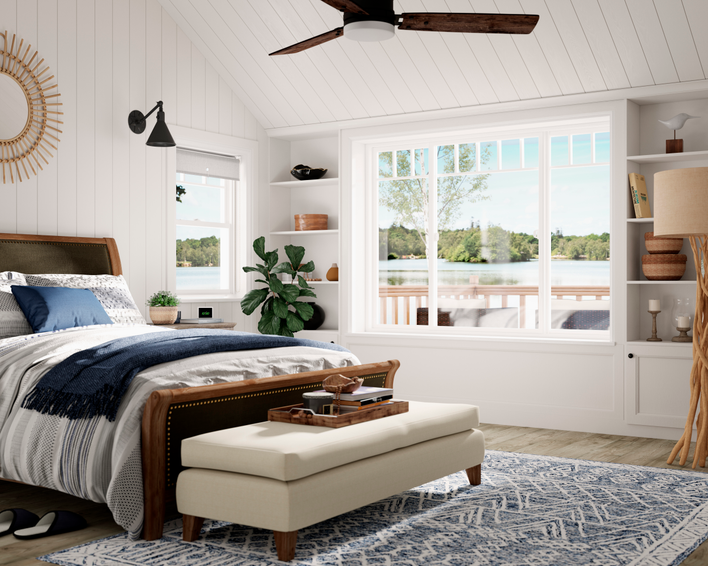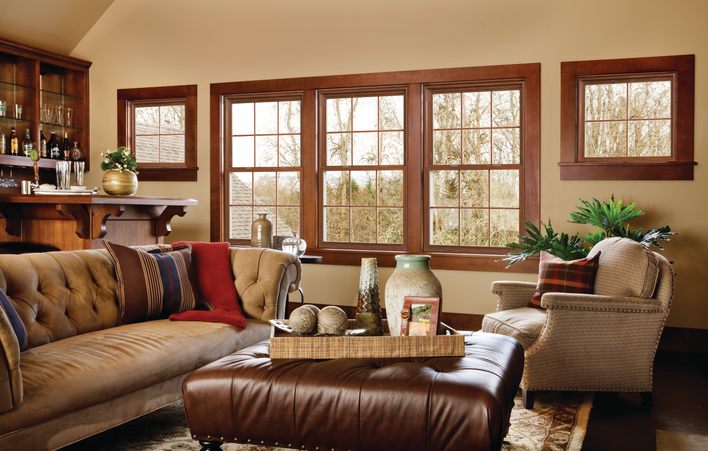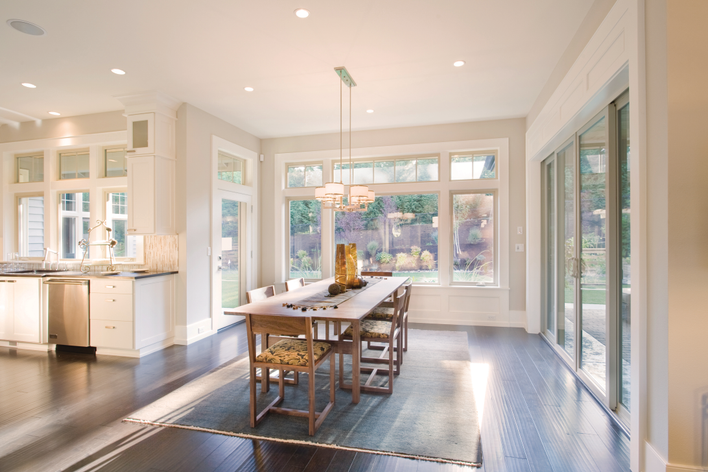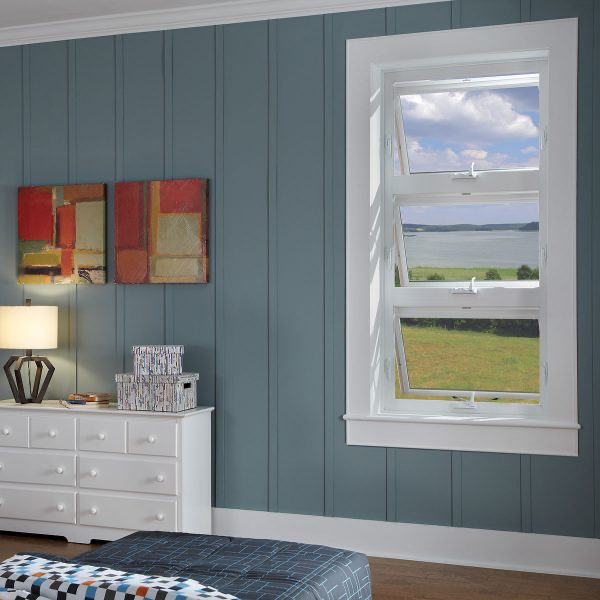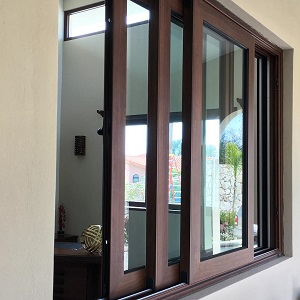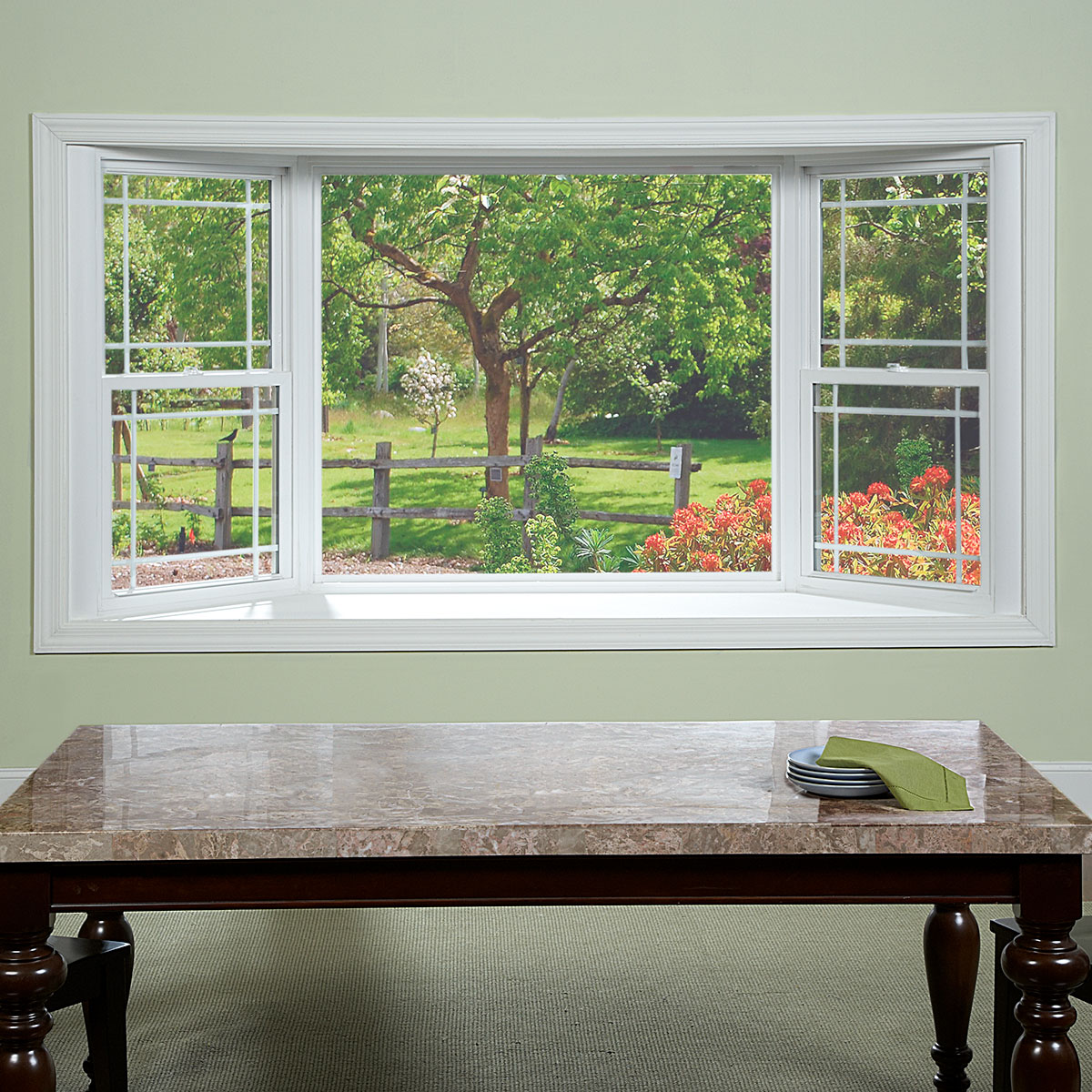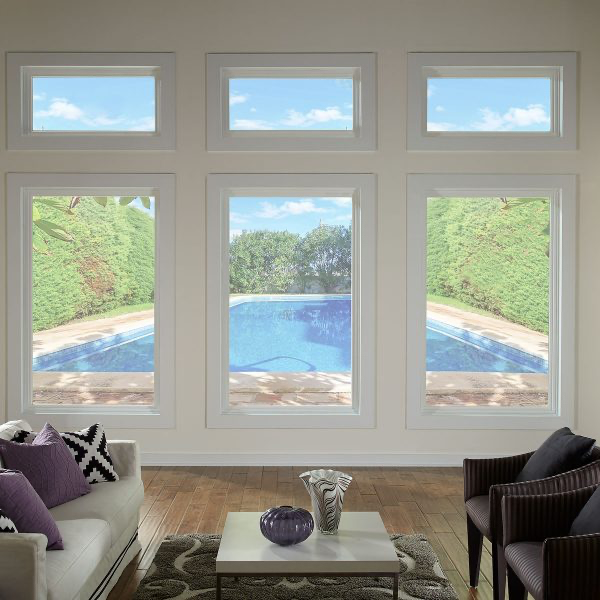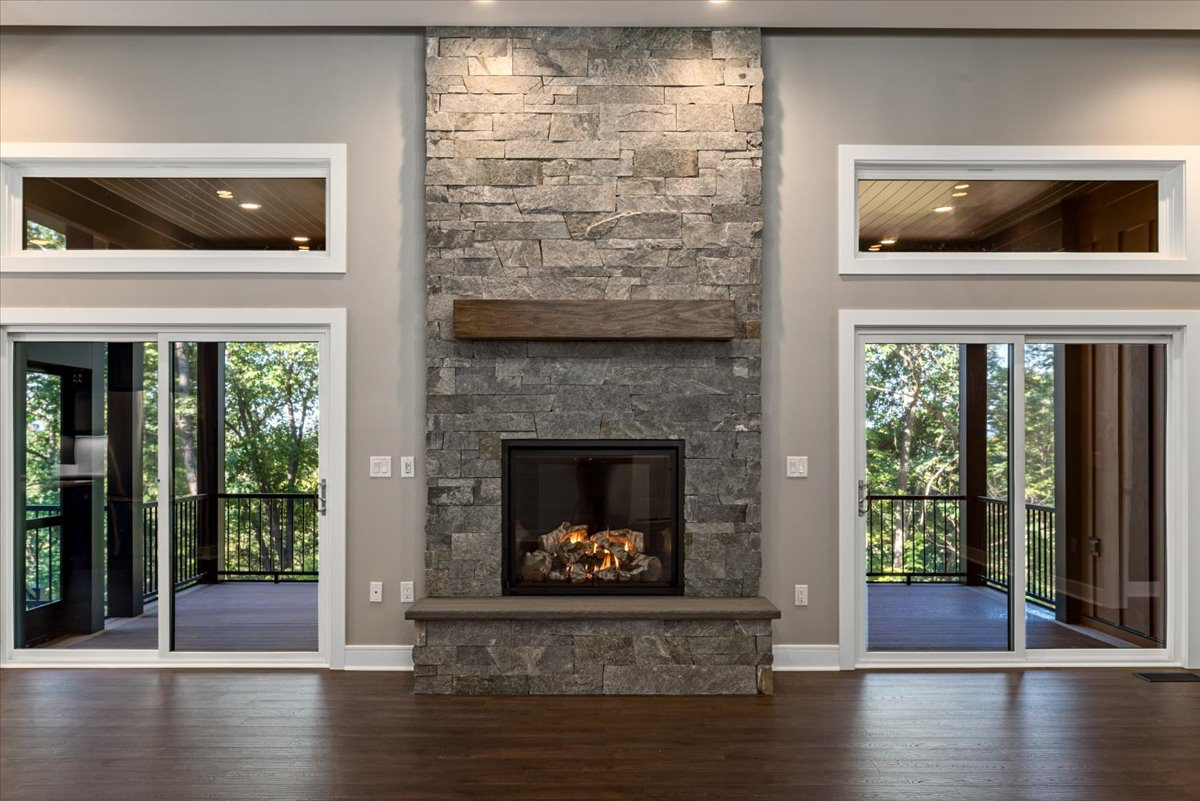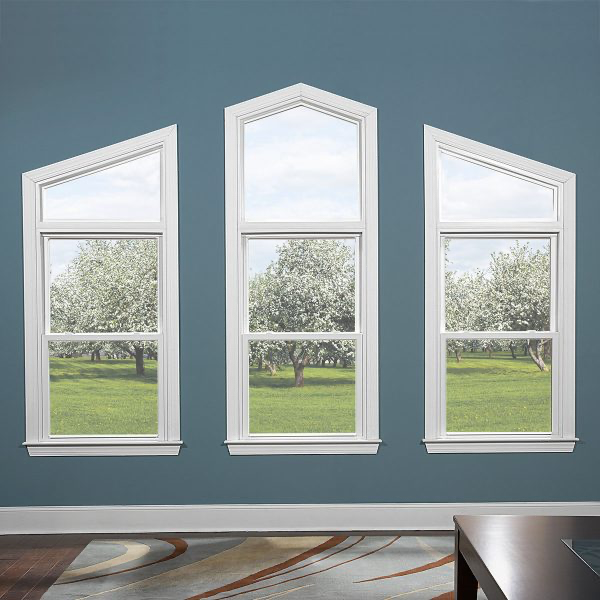All About Window Materials
Windows enhance your home in multiple ways – they let in more natural light, help regulate the temperature in your home, and boost curb appeal! With so many different window materials to choose from, you might not know which to pick – or which type of frame is best for your home. We, with the help of our expert vendors, will guide the way. Some of the brands of windows Foreman Builder typical uses are Simonton, Andersen, and Pella.
Most Popular Window Frame Materials
Popular manufacturers make window frames of a variety of different materials. Each material, of course, has its own pros and cons.
Vinyl
Vinyl window material is often considered to be the gold standard for frames by balancing price, quality, customization options, and maintenance needs. Vinyl windows are considered to be economical, highly energy efficient, and are low maintenance. They’re also good at blocking outside noise and are available in dozens many style and color choices.
Wood
Wood window frames are classic, elegant options. They come in many different styles. They can lend your home a very warm, inviting appearance and might pair well with colonial-style properties. Wood is also a very soundproof material, but it has high maintenance requirements and can be prone to damage from water, insects, and fires. Wood frame windows tend to be somewhat costly.
Wood-clad
Wood-clad windows combine the soundproofing and insulating properties of wood frames with vinyl options. They can be pricey, but you’ll get many of the benefits of wood windows without as much inherent susceptibility to various hazards like insects or water damage. Indeed, wood-clad windows are much easier to maintain than standard wood windows. And, since they’re clad in durable shells, they can be painted as well as they come in many finishes.
Fiberglass
If you’re looking for a durable window material that will stand the test of time, fiberglass maybe the answer. Fiberglass windows are relatively affordable and offer resistance to heat, cold, water, and much more. One drawback is fiberglass windows aren’t as customizable or available in as many colors as other material options. They are energy efficient, and they can be phenomenal insulators in particularly hot or cold weather.
Composite
Last but not least are composite window frames which resemble wood frames. Composite windows are made of a special blend of plastics, metals, and recycled wood. This natural and sustainable product requires less maintenance than a traditional wood window while maintaining energy efficiency. Composite windows usually have higher upfront costs.
Factors to consider when choosing windows for your home include color and style options, cost, required maintenance and energy rating.
The energy rating of window material types includes things like U-Value or U-Factor (the heat transfer rate), solar heat gain coefficient or SHGC (how well the window blocks heat from sunlight), and air leakage (how much air the window lets into your home). It’s also heavily affected by window material. The better the energy rating, the better the window is for your utility bill.
Once you decide on the window material, it’s time to choose the types of windows for your home.
Types of Windows
There are many types of windows. Here are the most common types we install in homes we build.
Single-Hung and Double-Hung Windows
Single-hung and double-hung windows are among the most traditional styles. Single-hung windows have a fixed upper sash and a movable lower sash, while double-hung windows allow both sashes to move. These windows offer excellent ventilation and a classic look, making them a popular choice for many homes. The tilt-in sashes of double hung windows make cleaning a breeze and save you the time and frustration of exterior washing, especially on multilevel homes.
Casement Windows
Awning Windows
Sliding Windows
Bay and Bow Windows
Picture Windows
Skylight, Sun Tunnels and Roof Windows
Skylights, sun tunnels and roof windows are installed in the roof to bring in natural light, especially in dark areas like attics, stairwells and interior rooms. They can be fixed or operable and are ideal for improving ventilation and lighting in upper-level spaces. Sun Tunnels help get natural light to interior rooms. Per Velux USA - “Sun Tunnels are designed to capture light through a high impact dome on the roof and send it through a highly reflective tube, transmitting a pure natural light with no color shift.”
Transom Windows
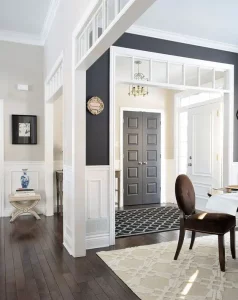

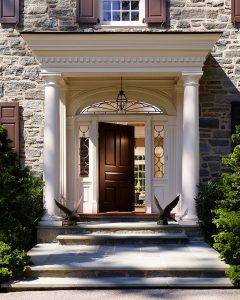
Custom and Specialty Windows
As you can see with the examples of types of windows, grid patterns are yet another way to customize your windows. Colonial grids, no grids, four on top with none on the bottom, prairie - the possibilities seem endless.
There are also other custom features to consider - extra locks, textured glass, blinds/shades between the glass, tinting, screens - just to name a few.
Textures, shades and blinds
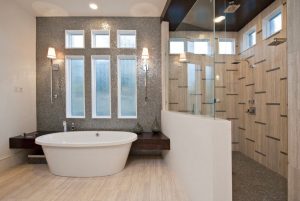

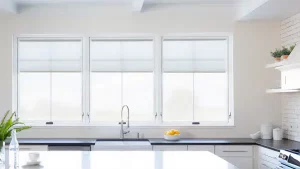
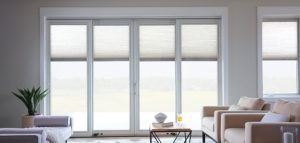
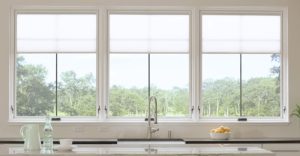
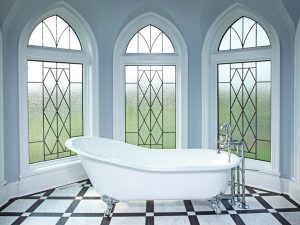
As your builder, with the help of our expert vendors, we help guide you along the way with all the choices when it comes to window material, type, style and brand.



